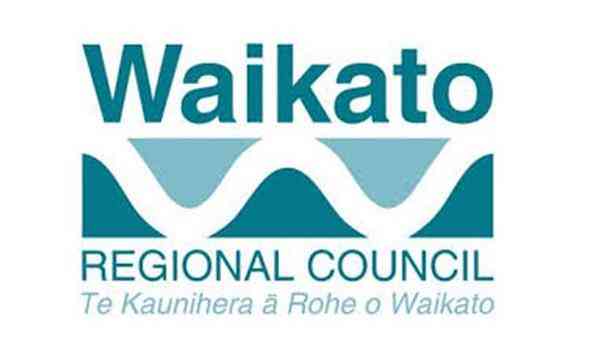Media Release: Waikato Regional Council, 30 November 2015
The committee today gave its support to a broad timeframe which will see the draft framework prepared over the coming year, ahead of public engagement.
Supporting its development is a demonstration project to test a new approach to speed management using a new national Draft Speed Management Guide, which has been developed by the road safety sector. The Waikato region has been selected to demonstrate the new draft guide over the coming year at a number of yet to be determined locations in the region.
The guide offers a toolbox of different ways to manage speeds on roads. The aim is to reduce deaths and serious injuries, while supporting overall economic productivity. Some of the things which may be done include road markings, signage, education, reviewing of speed limits, road safety campaigns, as well as communication and consultation with communities.
Both the framework and demonstration of the guide align with the committee’s Regional Road Safety Strategy 2013-2016, and the Government’s Safer Journeys Strategy. The aim is to develop a regionally consistent approach to speed management, which recognises that not all roads are equal and what might be an effective package of measures to manage speeds on one road may not be appropriate for another.
There have been 60 deaths on Waikato roads this year – the highest of any region in the country, and consistent with previous years. The Waikato continually sees high numbers of road related deaths in its communities.
Committee chair Hugh Vercoe, of Waikato Regional Council, welcomed the demonstration project and the work underway to develop a long term regional speed management approach.
“The committee recognises that people are dying and being seriously injured in preventable crashes on our roads and we need a consistent approach which will be effective and which makes sense to the travelling public.
“Given the diversity of roads and speed settings we have in the Waikato I look forward to seeing the gains we can make for people in saving lives and reducing injury on our roads.”
The demonstration project will be evaluated for possible roll out to other parts of the country.
Background information:
Why the Waikato for the demonstration project?
The Waikato continues to have one of the highest year-to-date road fatality tolls in the country, with 60 deaths on Waikato roads this year. These deaths and serious injuries are caused by a range of factors, including alcohol, bad weather, tricky roads, and driving the wrong speed for the road.
The Waikato has a diverse range of roads including rural, urban, through to very modern roads such as the Waikato Expressway. Not all roads are created equal – and that’s especially true in the Waikato.
Why ‘speed’ management?
Regardless of what causes a crash, speed plays a part in every crash. Speed determines the impact of the crash, and the severity of the injury. Speed multiples the impact of every crash, and people are sometimes driving the wrong speeds for the wrong roads. Speed can be a catalyst for other crash causes: at speed, there is less opportunity to react to someone else’s mistake.
Are we going to see lower speed limits?
It’s too early to say yet where or what changes there will be, but the project will be looking closely at all roads in the region to see what could be done. Speed limit changes are only one tool which may be used, others could include modifying roadside hazards, education, signage, road markings etc.
Will there be public consultation?
Yes, Communities will be connected with before any changes are made to roadsides, roads or changes to speeds. That’s an important step.
Who is involved in the project?
It is being led by the Waikato Regional Transport Committee, with support from local councils and the Transport Agency as road controlling authorities, and from road safety partners, including the Police, Automobile Association and Ministry of Transport.
How will you know if it’s succeeding?
We want to make sure we have speeds that are right for the road. Not all roads are created equal, and when there is good recognition of that, and local councils can take steps to address roads that need to be made safer, we believe there will be fewer deaths and serious injuries on Waikato’s roads.
Could speed limits go up?
At the moment, there is no provision in law for limits above 100kmph, but the draft Speed Management Guide acknowledges that this could be possible in the future, where we have modern, new stretches of road that include advanced safety features.
